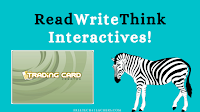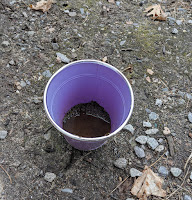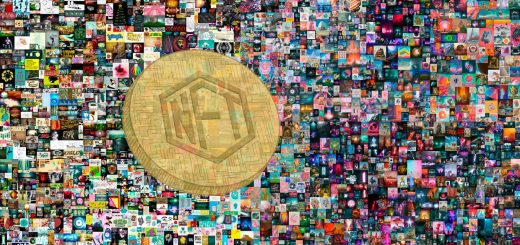Ten Good Templates for Science, Social Studies, and Language Arts Activities
At the start of this year
ReadWriteThink re-released all of their popular interactive templates for creating all kinds of things including poems, story plots, timelines, compare & contrast maps, and much more. If you haven’t looked at
ReadWriteThink in a while, take a look at these updated templates that can be used for lessons in language arts, science, and social studies.
Persuasion Map asks students to start with a thesis statement before walking them through developing support for that thesis. Students can print their persuasion maps or email them to you. RWT offers a number of lesson plans that incorporate the Persuasion Map. You can
find those lessons at the bottom of this page.
Essay Map provides students with step by step guidance in the construction of an informational essay. Some of my students seem to struggle most with constructing an introduction and conclusion to their essays. Essay Map is particularly good for helping students visualize the steps needed to construct good introductory and conclusion paragraphs. After students complete all of the steps in their Essay Map they can print their essay outlines.
Read Write Think’s Crossword Puzzle Generator makes it easy to create your own crossword puzzles. To create your puzzle simply enter a list of words, a set of clues for your words, and then let the generator make a puzzle for you. You can test the puzzle before printing it. You can print blank puzzles and answer sheets from the puzzle generator.
Alphabet Organizer is a great little tool from Read Write Think that students can use to create alphabet charts and books. The idea behind Alphabet Organizer is to help students make visual connections between letters of the alphabet and the first letter of common words. Here’s my demo of how it works.
Animal Inquiry template as prompts for research. The questions in the templates could also be good for helping students brainstorm additional questions to research.
RWT’s Theme Poems interactive provides students with 32 pictures to use as the basis for writing short poems. To write a poem students launch the interactive then choose a theme. Within each of the five themes students will find related images. Once they choose an image students are prompted to write the words that come to mind as they look at the image. Students then create poems from those words. The finished product can be saved as a PDF and or emailed to a teacher from the RWT site.
The Trading Card Generator is one of my all-time favorite templates from RWT. With this template students can create trading cards about people (real and fictitious), places, and things. Here’s the video that I made about the Trading Card Generator earlier this year.
The
RWT Flip Book template lets students create books by typing or by drawing on the pages in their books. There is a variety of page templates that students can choose to use within their books. Some templates are text-only, some are drawing-only, and some are a mix of drawing and text templates. To use RWT Flip Book students simply open the template, enter their first names, then start creating their first pages.
Read Write Think’s Word Mover helps students develop poems and short stories. When students open the Word Mover app they are shown a selection of words that they can drag onto a canvas to construct a poem or story. Word Mover provides students with various background colors and patterns on which they can construct their poems. If the word bank provided by Word Mover doesn’t offer enough words they can add their own words to the word bank.




